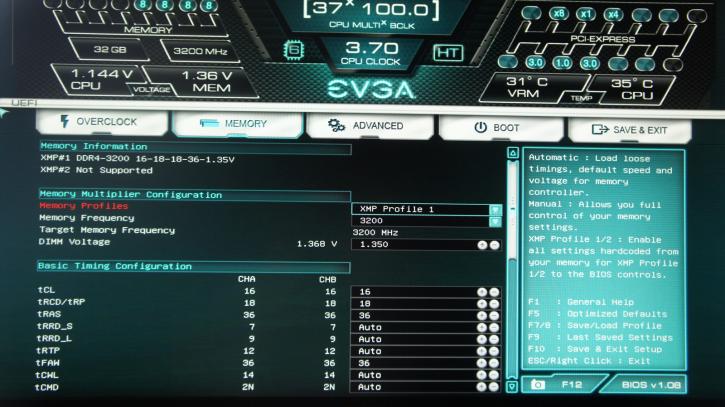Preparing the system
Preparing the system
The cooler will be tested in various scenarios. For some users, the noise is the most important aspect. Others want to know what the performance is like in a non-overclocked system. But there are also enthusiast users, squeezing the CPU for maximum performance by overclocking.
Three things will be checked:
- dBA noise levels
- temperatures of the Core i7 8700K at default settings
- temperatures of the Core i7 8700K at 4.8 GHz, at 1.3 Volts
The room (ambient) temperature was about 23 degrees Celsius. We decided to go with the Core i7 8700K, because it’s the “hottest” consumer Intel CPU that you can get at the moment (but the i9 9900K is just around the corner), providing 6 cores and 12 threads. When overclocked, it can generate very high temperatures. One remark though – the CPU that we used was delidded (the stock TIM under the IHS was replaced with Liquid Metal), so you need to keep in mind that this dropped the temps by about 16-17 °C compared with the retail part.
As with all other coolers, the TIM that we used was Thermal Grizzly Kryonaut, to eliminate the influence of thermal paste performance from the equation.
Because we are using a “corrected” processor, it should be easier to really show the actual performance of the cooler, as the stock Intel TIM applied under the heat spreader can actually limit the differences between products (because of poor heat transfer design) and make the charts flatter. We’ll be testing the CPU at default clock frequencies, and also at 4.8 GHz, at 1.3 Volts. It’s the lowest voltage that provided stability for this i7 8700K at 4800 MHz. The reported temperatures are coming from the processor package sensor. There are some small variances between the cores in this particular CPU (2-3°C), so it’s on the safe side to just look at package sensor values.
What CPU stress program did we use?
The CPU was stressed using wPrime 2.10. It was run with the 1024M setting, three times for each cooler. The measurements were taken at default CPU frequencies and also with an OC (4.8 GHz @ 1.3 V). There’s a security feature enabled, which powers down the system after it reaches 95°C. We measured the package temperature, as per-core temps can differ slightly (though it also depends on the CPU type and even on the particular chip). For LOAD testing, we recorded the maximum temperature after three full wPrime 1024M runs.


